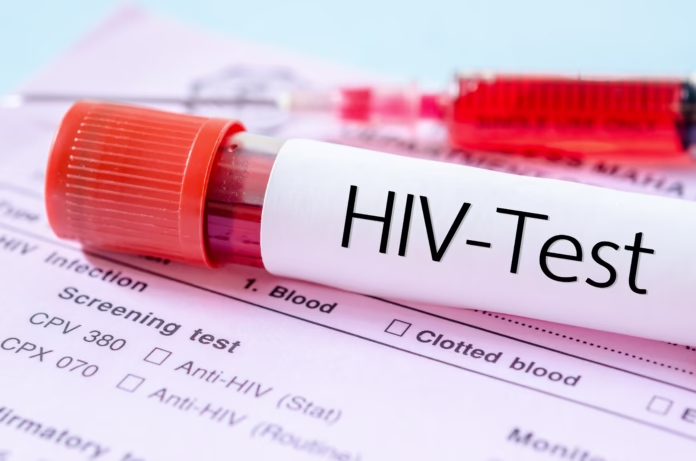September 5, 2025
CUERO, TX — Texas continues to rank among the top five states in the nation for HIV prevalence, with more than 88,000 residents currently living with the virus. In 2022 alone, the state recorded an estimated 4,200 new infections, according to federal health data. While urban centers like Houston and Dallas dominate the numbers, rural counties such as DeWitt face quieter risks—often overlooked in statewide reporting.
The Centers for Disease Control and Prevention (CDC) places Texas fourth nationally in total HIV cases, behind only Florida, California, and New York. The state’s viral suppression rate—a key measure of treatment success—hovers around 66.6%, meaning roughly one-third of Texans with HIV may not have their condition under control. Preventive care also lags: only 32.9% of eligible residents are receiving PrEP, the daily medication that can prevent HIV transmission.
Despite these figures, DeWitt County does not appear on the CDC’s “Ending the HIV Epidemic” priority list, nor is it flagged in state-level high-incidence rankings.
While DeWitt County may not be in crisis, public health experts caution against complacency. As Texas grapples with rising HIV rates, rural communities must ensure they are not left behind in prevention, care, and conversation.


